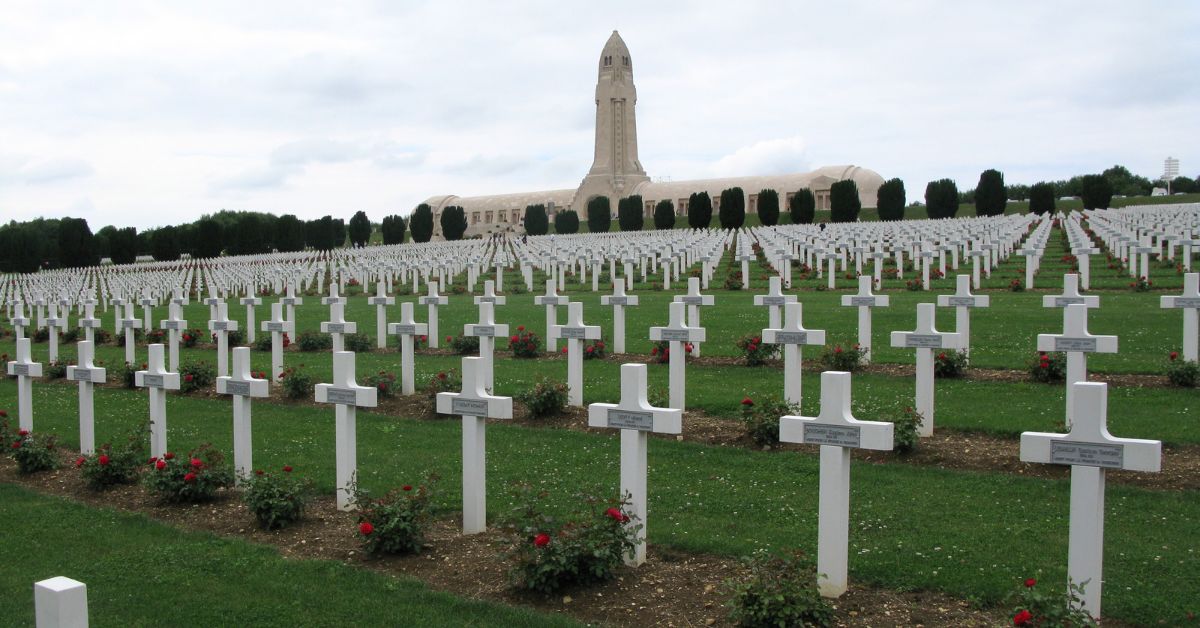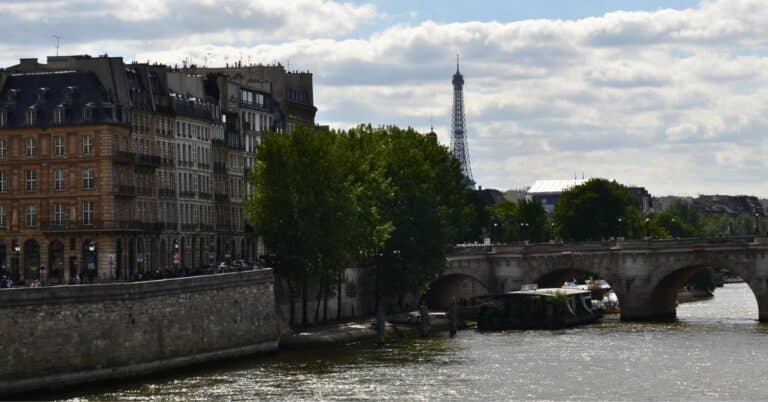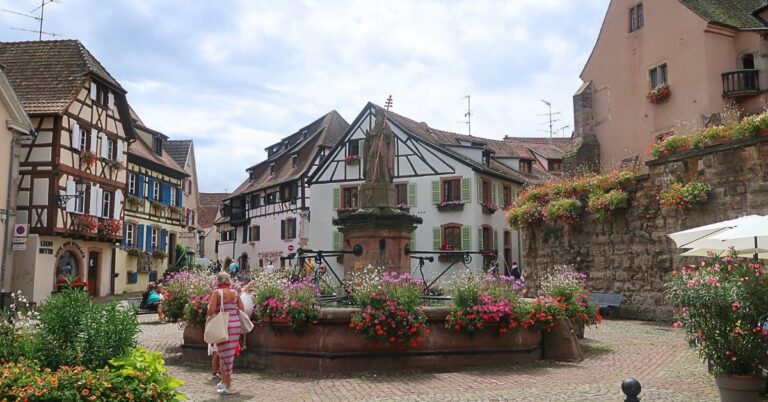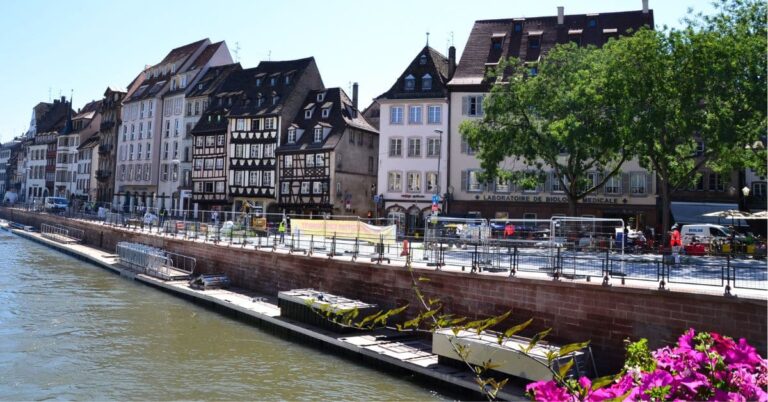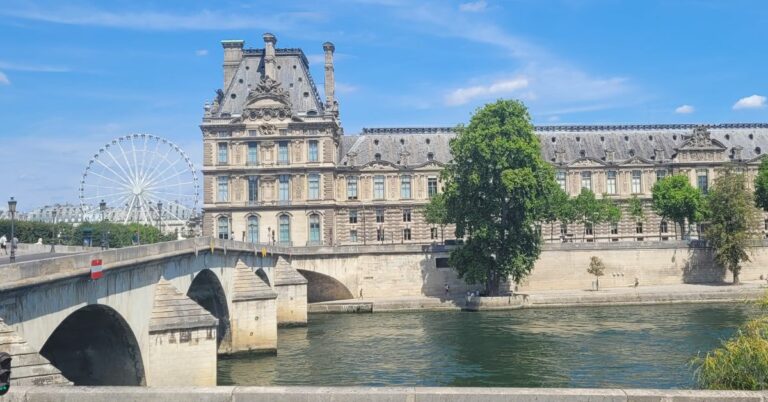The Importance of Visiting Verdun, France
One of the most popular things to do in Verdun, France, is to explore its rich history. This French town was the site of a battle during WWI, and visiting Verdun provides a fascinating glimpse into life before and after WWI.
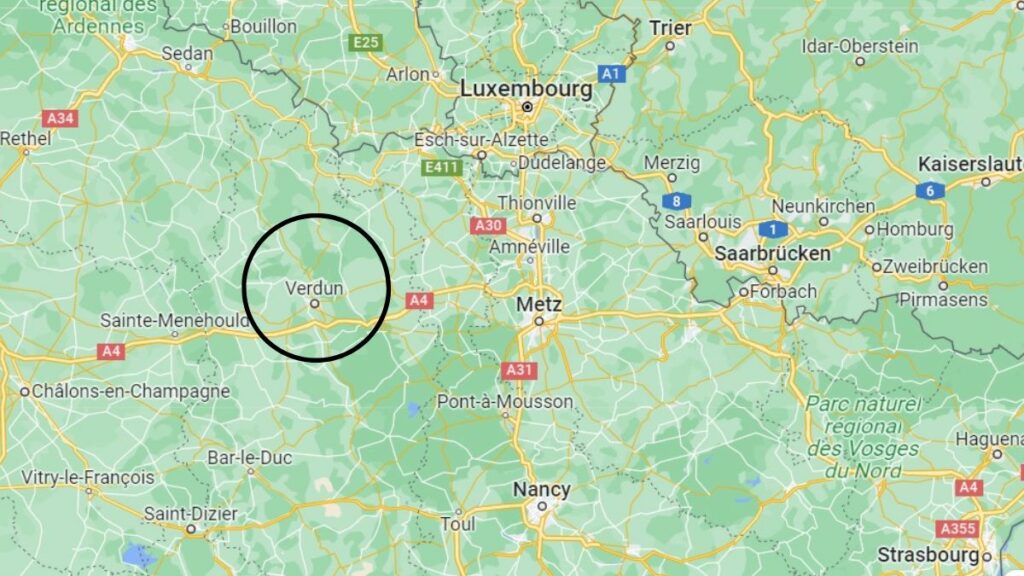
Where is Verdun, France?
Verdun is located in the Lorraine region of France, on the banks of the River Meuse. It is about 230 km east of Paris and close to the German border.
It is a great base for exploring eastern France as it is within easy reach of Strasbourg, Reims, and Metz.
Why Visiting Verdun is Important
During World War I, this was the site of one of Europe’s most famous battles, the Battle of Verdun.
Today, Verdun is an incredible reminder of our past conflicts while also paying tribute to those who gave their lives in such an unimaginable struggle for freedom.
While in Verdun, you will be able to experience many things.
Visitors can visit museums, monuments, battlefields, fortresses, memorials, and more.
Be sure to wear good walking shoes, because a great deal of what you will see involves walking trails, hiking rocky surfaces, and traversing uneven terrain.
Wondering which WWI sites in Verdun you should prioritize?
5 Things to See in Verdun, France
- Visit Mémorial de Verdun
- Walk Village Fleury
- Explore Fort de Douaumont & Fort de Vaux
- Visit L’Ossuaire de Douaumont
- See The Bayonet Trench
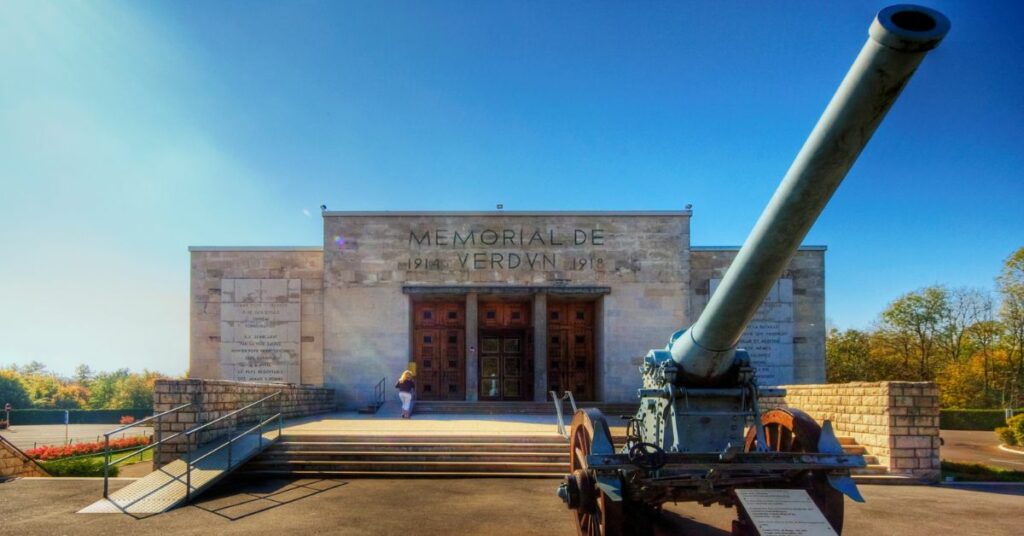
1. Verdun Memorial
If you only have time to visit one WWI spot in Verdun, it must be Verdun Mémorial.
When you arrive, you will first do the interior museum that will give you insight into the perspectives of both the French & German soldiers during WWI.
You will be totally immersed in visuals and interactive exhibits where you will get to see what it was like for the soldiers during trench warfare.
The museum also goes into detail about how Verdun was affected by the war. Expect to spend about 2 hours inside the museum.
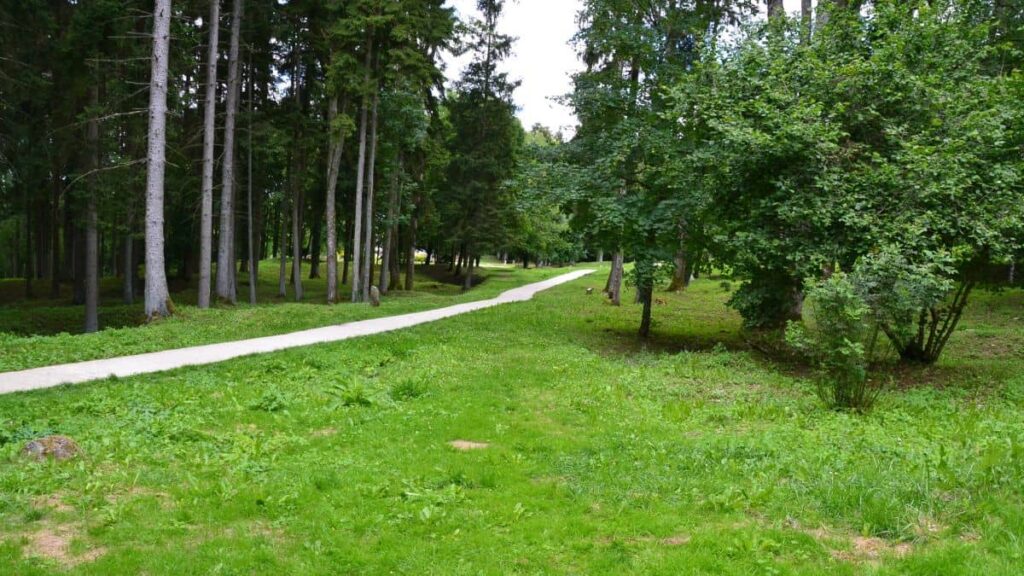
2. Village Fleury
When you finish the museum, take a walk to the Village Fleury.
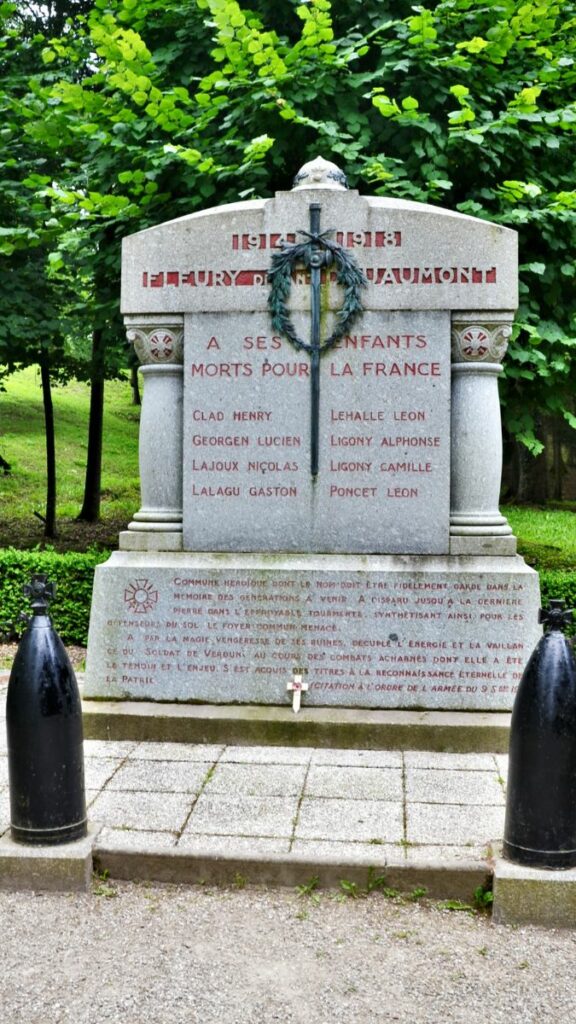
Fleury-devant-Douaumont is a small village located in Grand Est in north-eastern France.
During the Battle of Verdun, it was captured and recaptured by the Germans and French sixteen times.
There is little to no evidence that this was once a very inhabited village full of people working and living.
That is because it is one of the nine villages that was completely destroyed during the Battle of Verdun in 1918.
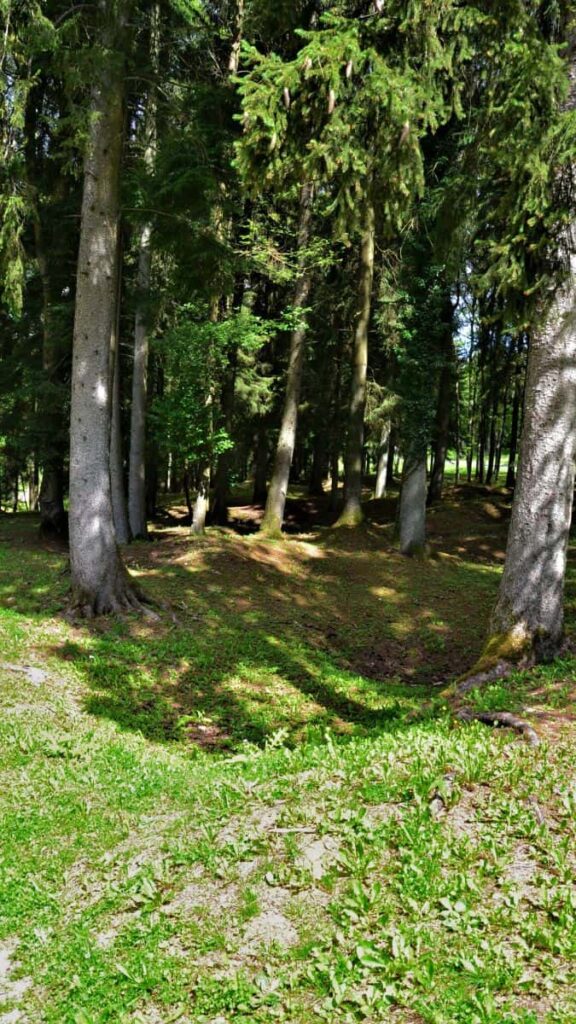
As you walk the path, you can’t help but notice the expansive mounded landscape where the earth was destroyed by the bombing.
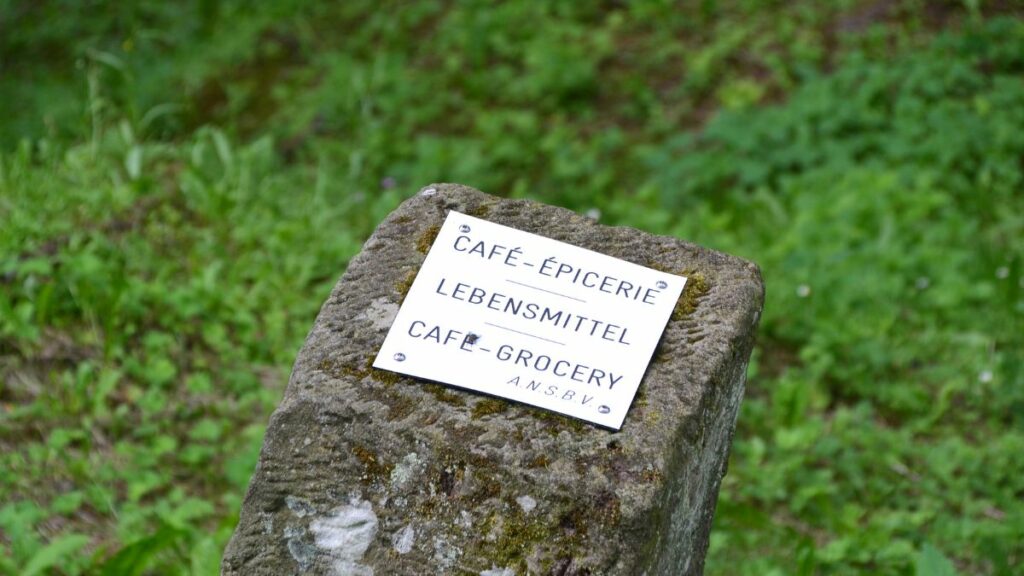
Among the divots are markers that show you where certain buildings once stood; a bakery, a farm, a school~ all gone.
What remains are newly grown trees and the grass-covered craters of earth.
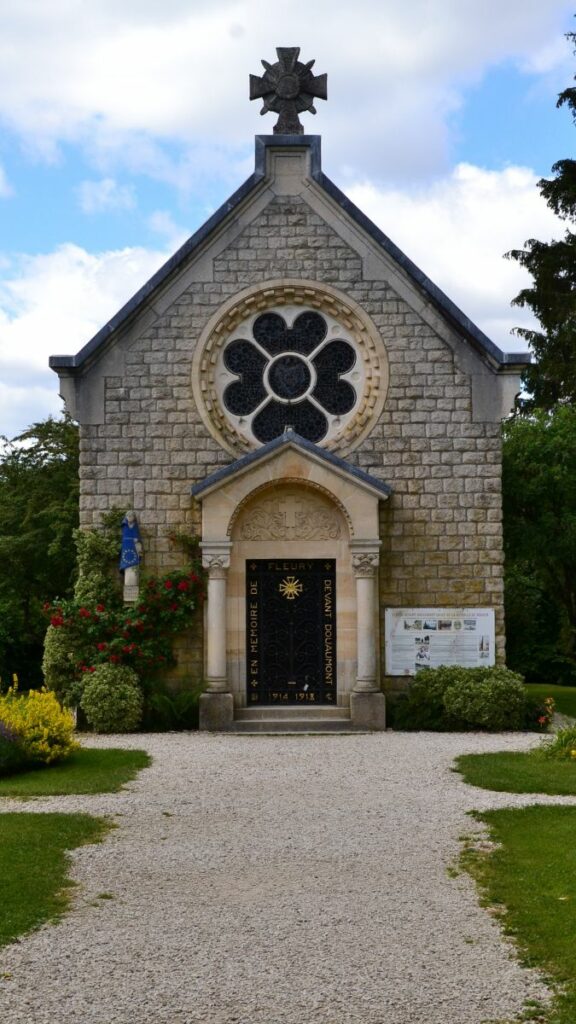
While the village was never rebuilt, in the 1930s a small memorial chapel was erected on the site where the church once would have stood.

The chapel, later named Our Lady of Europe, pays tribute to all the soldiers who died.
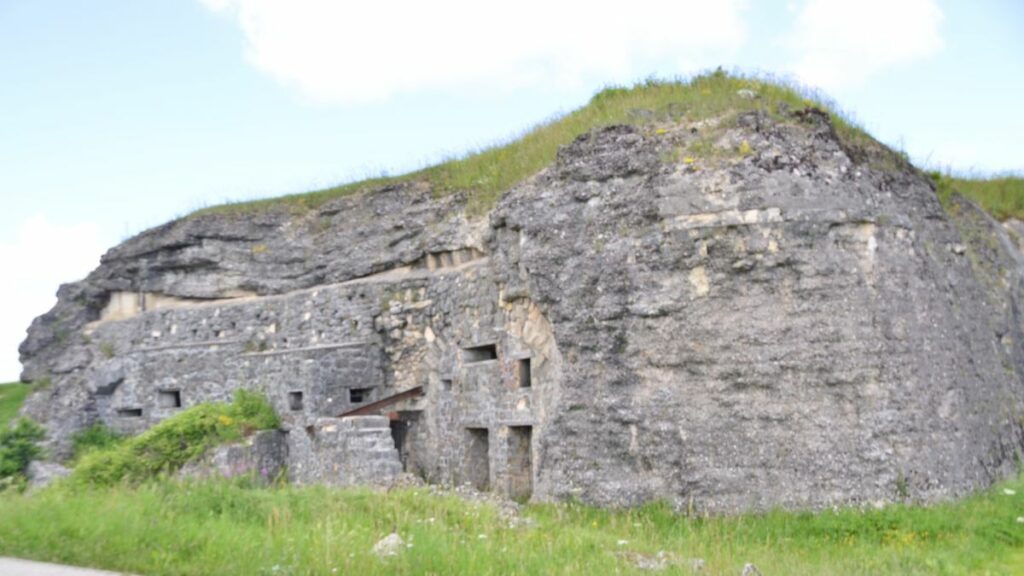
3. Fort de Douaumont & Fort de Vaux
Once you have a good perspective on the lives of soldiers in WWI from your visit to Mémorial de Verdun, a good second (and third) stop is Fort Vaux & Fort Douaumont.
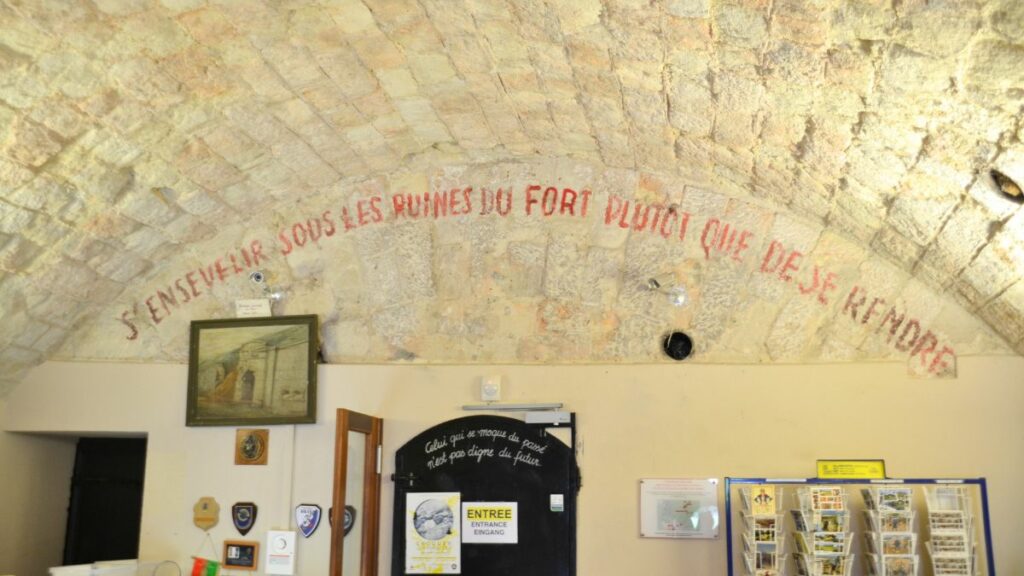
Built in 1885, Fort Douamont was the most important fort that protected France from German invasions.
You can use an audio guide or a laminated paper guide.
The laminated guide will allow you to move about at your leisure and is perfect for those on limited time.
Be prepared for colder temperatures and damp flooring inside no matter what the temperature is outside.
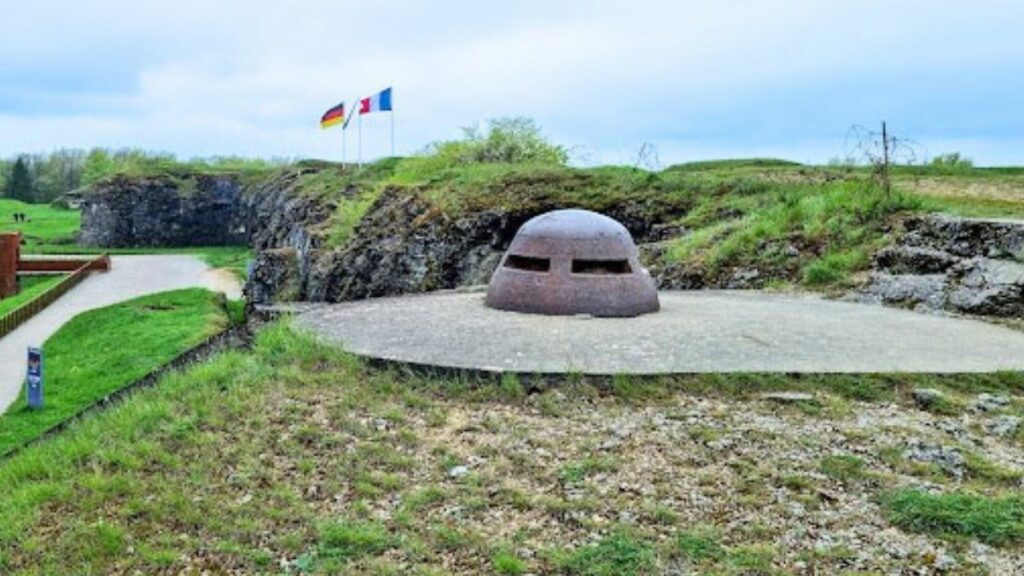
You can also climb the top of the fort to see the iron gun emplacements that once rose out of the ground.
Both forts will give you a glimpse into what it was like to be a soldier in these fortified structures as they haven’t changed at all since last occupied.

4. L’Ossuaire de Douaumont
L’Ossuaire de Douaumont is a tribute to the French soldiers who fought in WWI. Inside the monument, you will find the names of all those who died in service during WWWI etched into the walls.
Through the windows of the ossuary, you will find the bones that were recovered after the war and whose bodies went unidentified.
Take time to tour the grounds. You will find sections showing respect for the different groups of soldiers making up the French army: Muslims, Jews, and Christians.
The enormity of the complex will give you a great perspective on the number of lives lost.
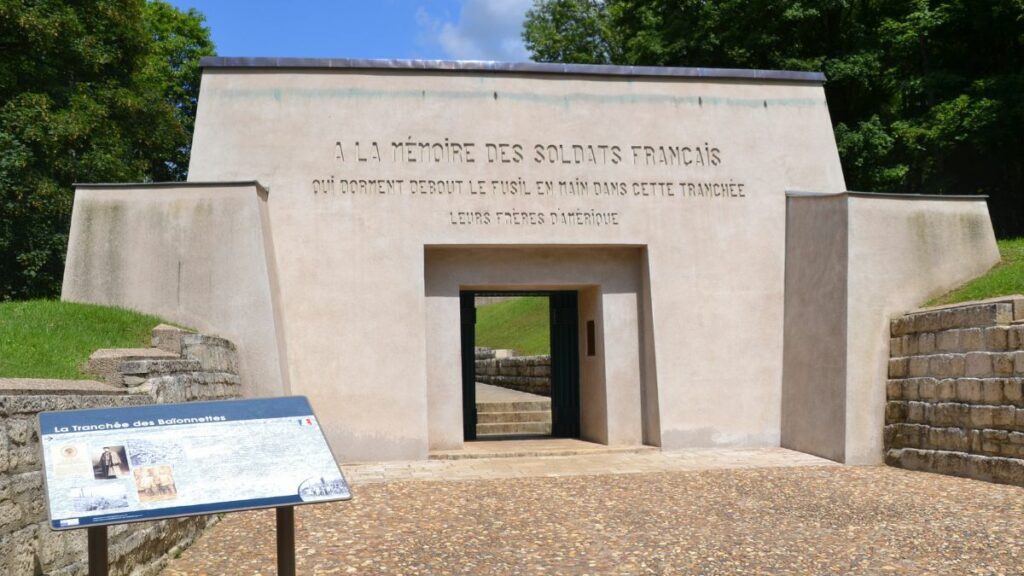
5. Memorial to 137th Regiment of Infantry (The Bayonet Trench)
Bayonet Trench is just a short distance north of the Douaumont cemetery.
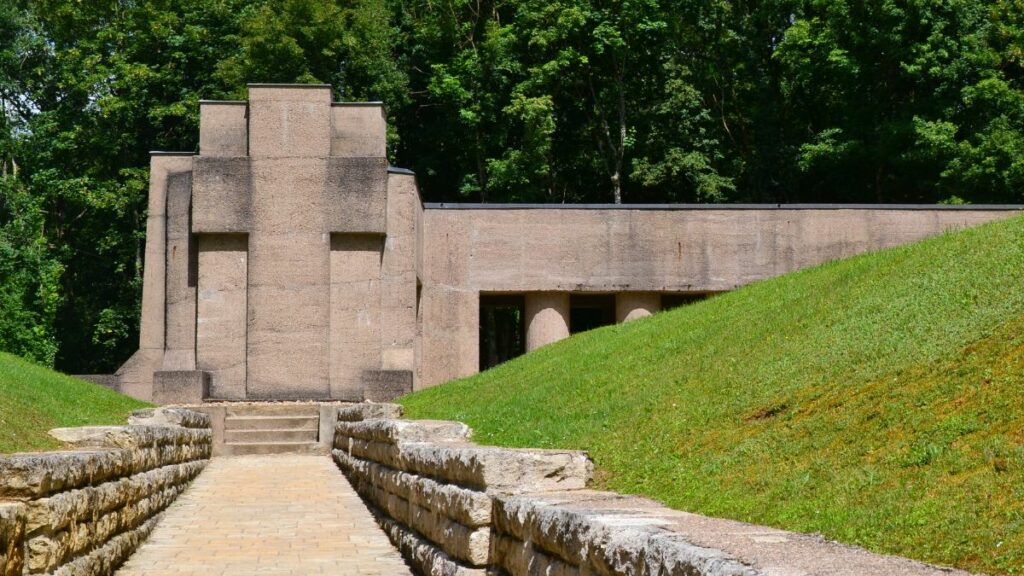
This memorial pays tribute to the French soldiers of the 137th Infantry Regiment who are presumed to have been buried alive following a shell explosion.
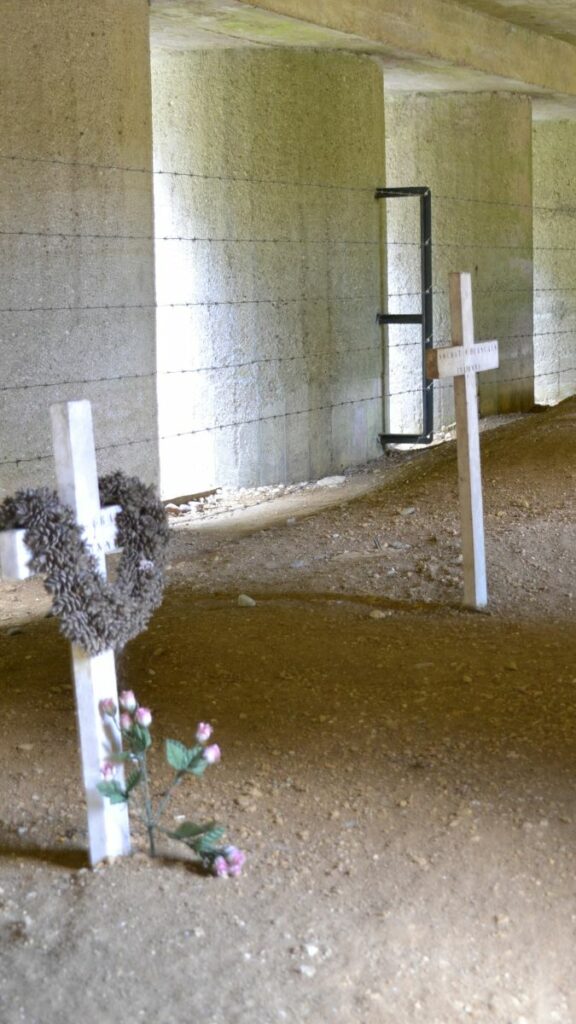
The mass gravesite was discovered three years after the war when a commander toured the area and found some thirty-nine bayonets protruding from the ground.
Visiting the Bayonet Trench is a humbling experience.
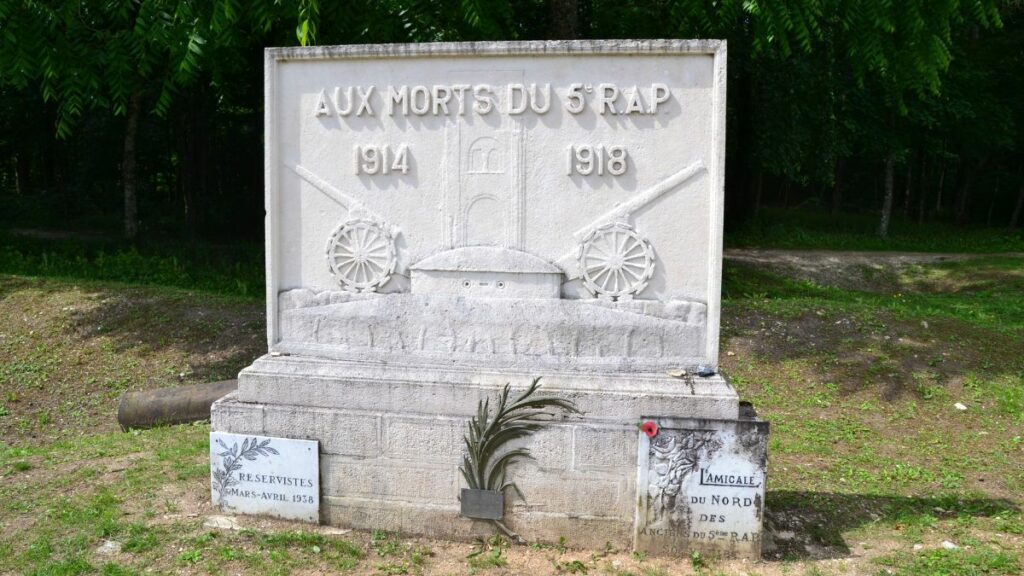
You don’t have to be a war buff to enjoy a trip to see the WWI memorials in Verdun, France. These sites will give you a glimpse into history that you won’t find anywhere else in the world.
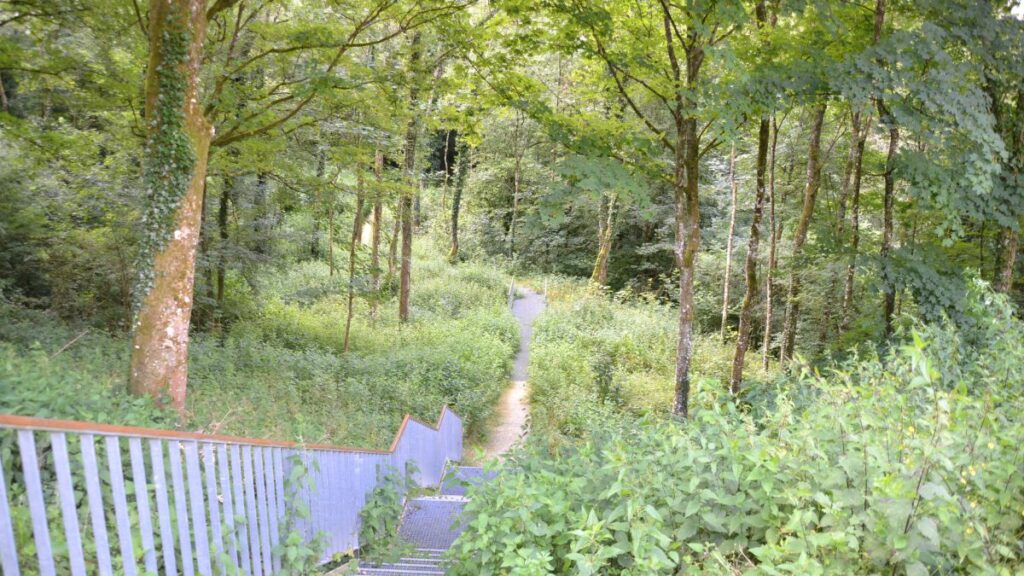
Not only will you be able to walk in the footsteps of the soldiers who fought here, but you will also be able to step into the places where people were living and working before becoming victims of the devastating effects of war.
I guarantee that it will affect the way you view your own military and the sacrifices they make you ensure the world around us remains safe.
Traveling to Verdun
Those visiting Paris, Reims, or Verdun, France, can take group tours of the area. This is often a popular way to explore if you do not have access to a vehicle.
From Paris, visitors will have to train to Meuse station at their own cost.
These tours are not wheelchair-friendly.
Traveling to Verdun by Car
If you consider visiting Verdun on your own (which is what we did), you will find travel easy to navigate.
From Paris or Reims:
By car: Take the A4 motorway and Exit 30, “Voie Sacrée”
From Strasbourg or Metz:
By car: Take the A4 motorway and Exit 31, “Verdun”
Have you visited Verdun, France? What was your experience?
Want to read this article later? Pin it so you don’t forget it!


